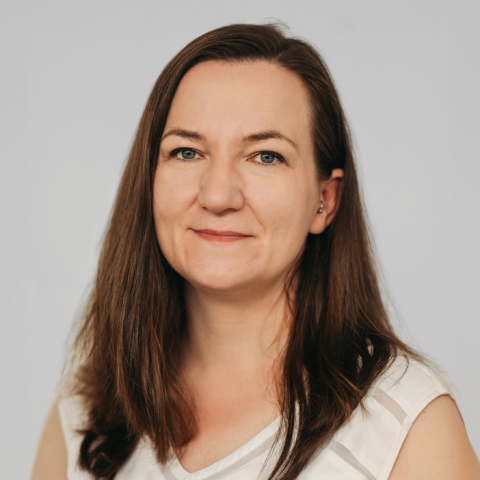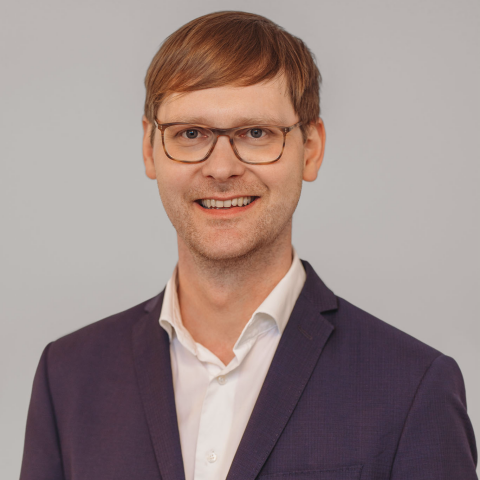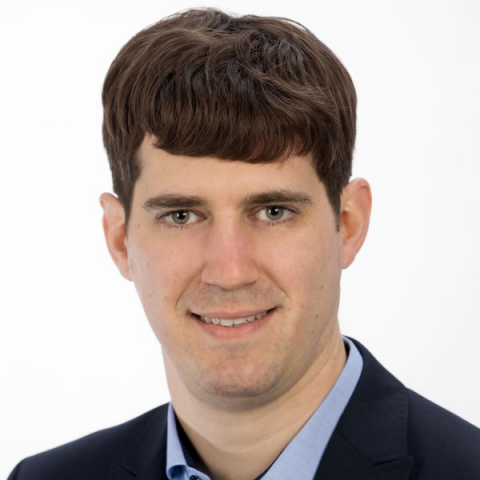Cook Medical
| Platinum Sponsor |
Ladies and gentlemen,
The 7th Conference on Image-Guided Interventions (IGIC 2025), jointly hosted by the Research Campuses STIMULATE and M²OLIE, successfully took place on October 23–24, 2025 in Magdeburg, Germany.
We were pleased to welcome experts from medicine, science and industry for two days of inspiring presentations, interdisciplinary exchange, and fruitful discussions. Together, we explored the latest advancements in image-guided interventions and intelligent medical technologies.
The conference focussed on next generation of imaging and intervention techniques, including:
The book of abstracts from the 7th IGIC conference in 2025 is available for download here.
We would like to express our sincere thanks to all speakers, participants, sponsors, and partners for making IGIC 2025 a great success.
Special thanks also go to our industry exhibitors, who showcased innovative technologies and contributed to the engaging atmosphere.
We look forward to welcoming you again at the next IGIC in 2027!
With best regards,
The Conference Presidents

| STIMULATE |

| STIMULATE |

| M²OLIE |

| M²OLIE |